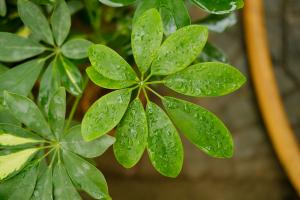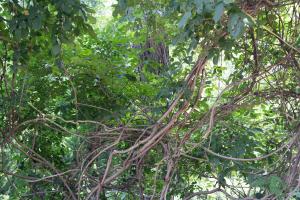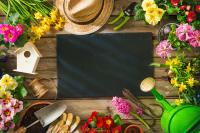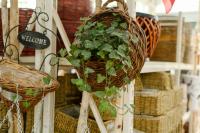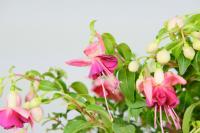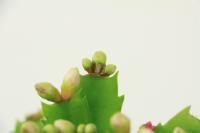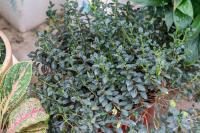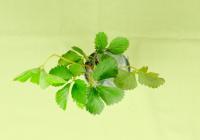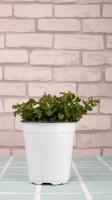1、 Improper watering
During the management period, if you water too much, the plants can't absorb it. Over time, there will be accumulated water, rotten roots, yellow leaves and fall off in serious cases. If the watering is too little and the basin soil is dry for a long time, the root system can not absorb water. In this case, the leaves will also turn yellow, which is the so-called dry yellow. Watering must be appropriate at ordinary times. Keep slightly wet in the growing season. Control the water in winter. Don't water it if it's not dry
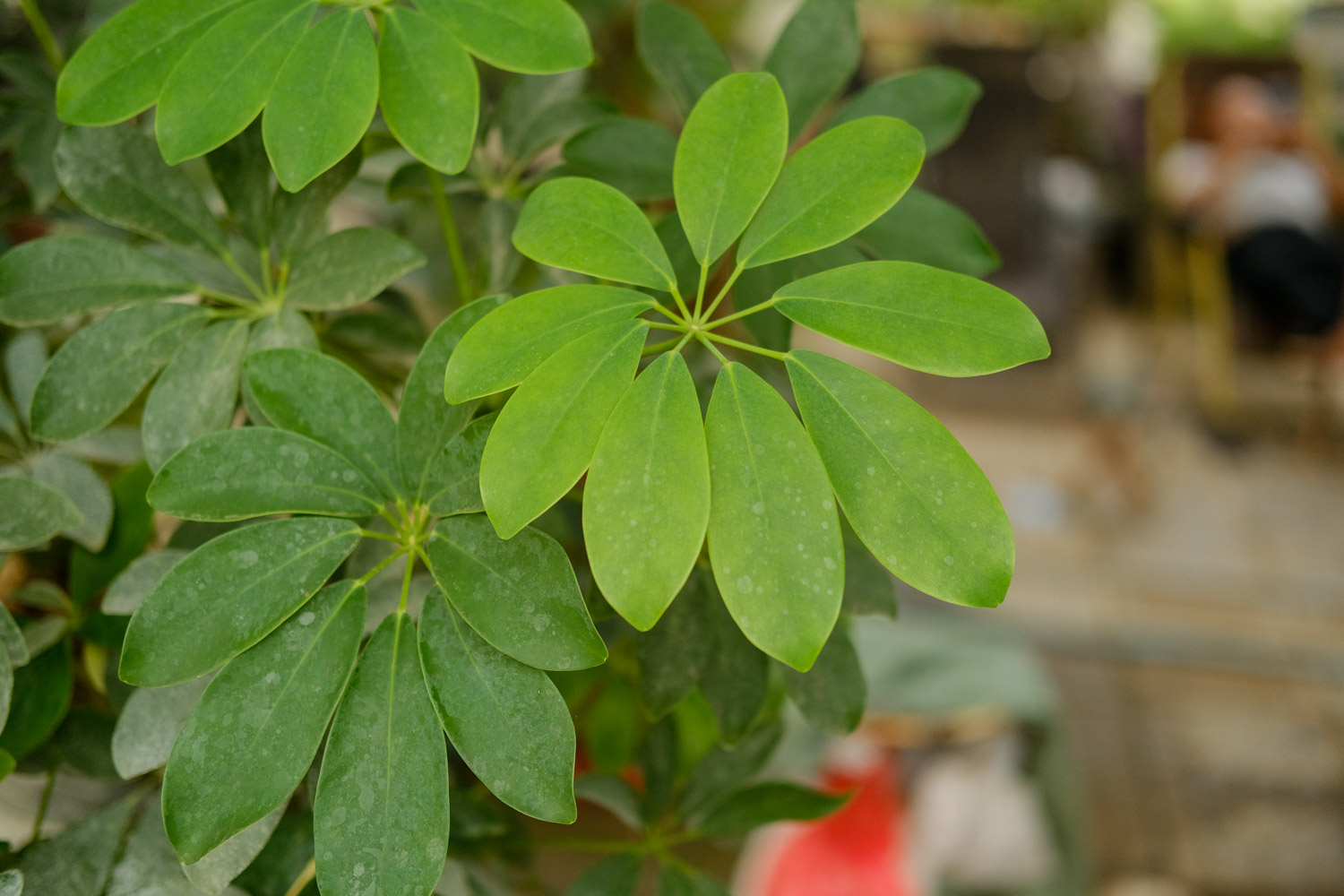
2、 The light is too strong
Duck palm wood can only be exposed to scattered light. If it is placed in a place with direct light during maintenance, yellow leaves will appear after long-term exposure and will be tanned. The problem of yellowing is well solved. Move it directly to a place with weak light and maintain it for a period of time, and it will slowly return to normal

3、 Improper fertilization
Its yellow leaf characters may also be caused by improper fertilization. If a large amount of fertilizer is applied at one time or if the fertilizer is not decomposed, the plant cannot absorb it, but will burn its roots, and yellow leaves will appear. In addition, if you don't supplement fertilizer for a long time, the plant will lack fertilizer, can't absorb the due nutrients, and will yellow leaves. It should be noted that thin fertilizer should be applied frequently in the growing season. It is best to apply diluted fertilizer solution, so that the plant can better absorb it and is also beneficial to growth. If granular fertilizer is applied, it shall be watered and diluted appropriately after fertilization to avoid fertilizer damage
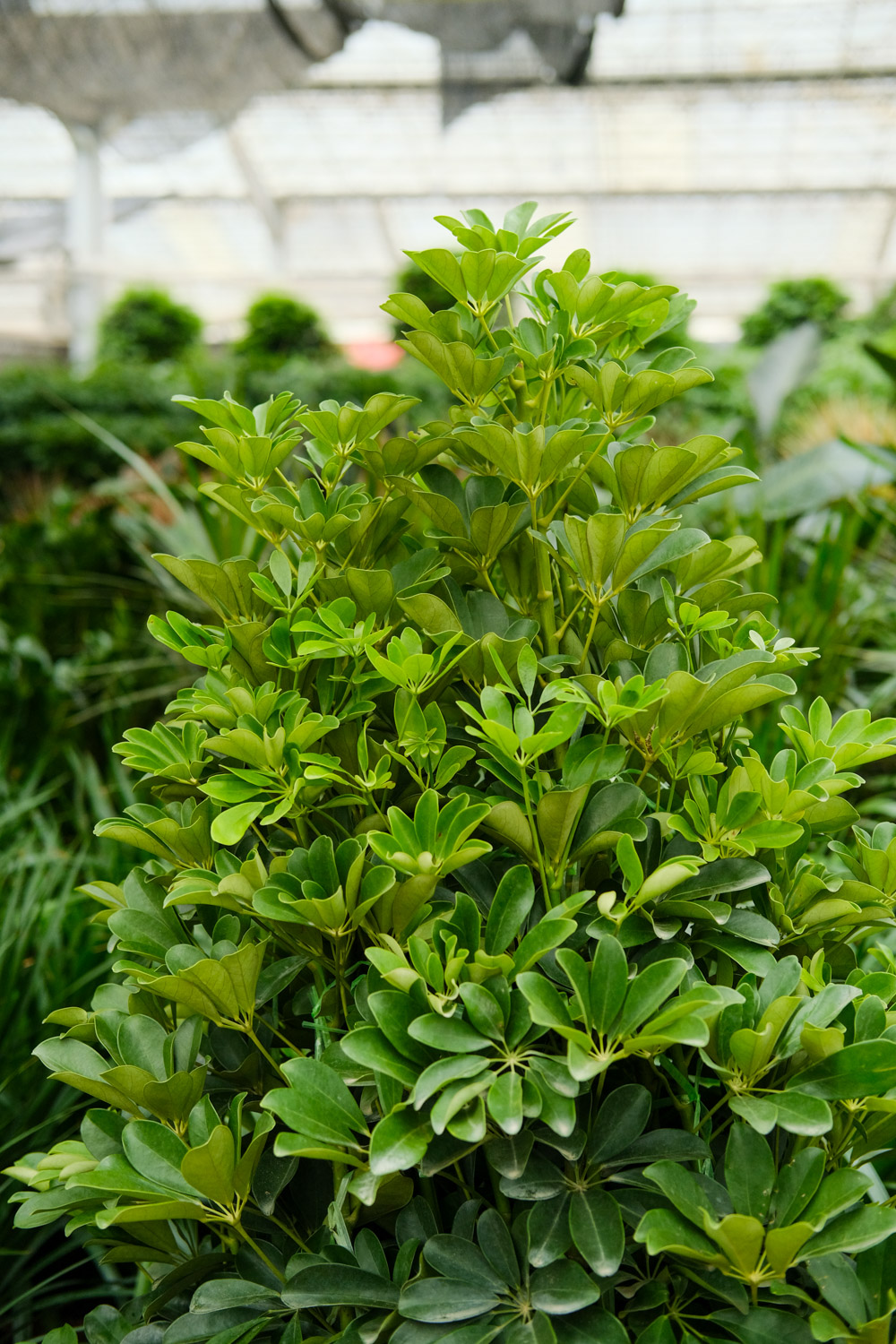

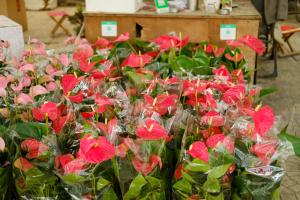 How is it that the l...
How is it that the l...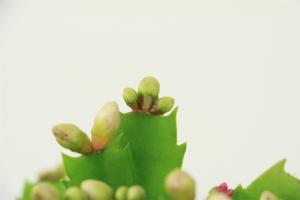 How do crab claw orc...
How do crab claw orc... Causes and treatment...
Causes and treatment... Causes and treatment...
Causes and treatment...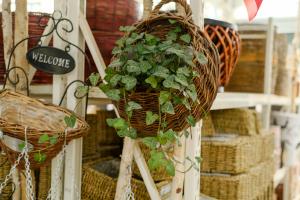 What's the matter wi...
What's the matter wi...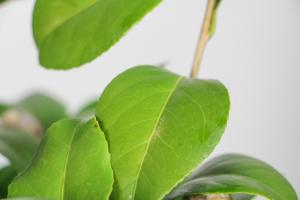 What's the matter wi...
What's the matter wi...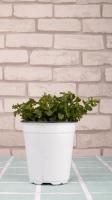 What's the matter wi...
What's the matter wi...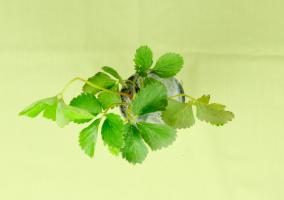 What's the matter wi...
What's the matter wi...


